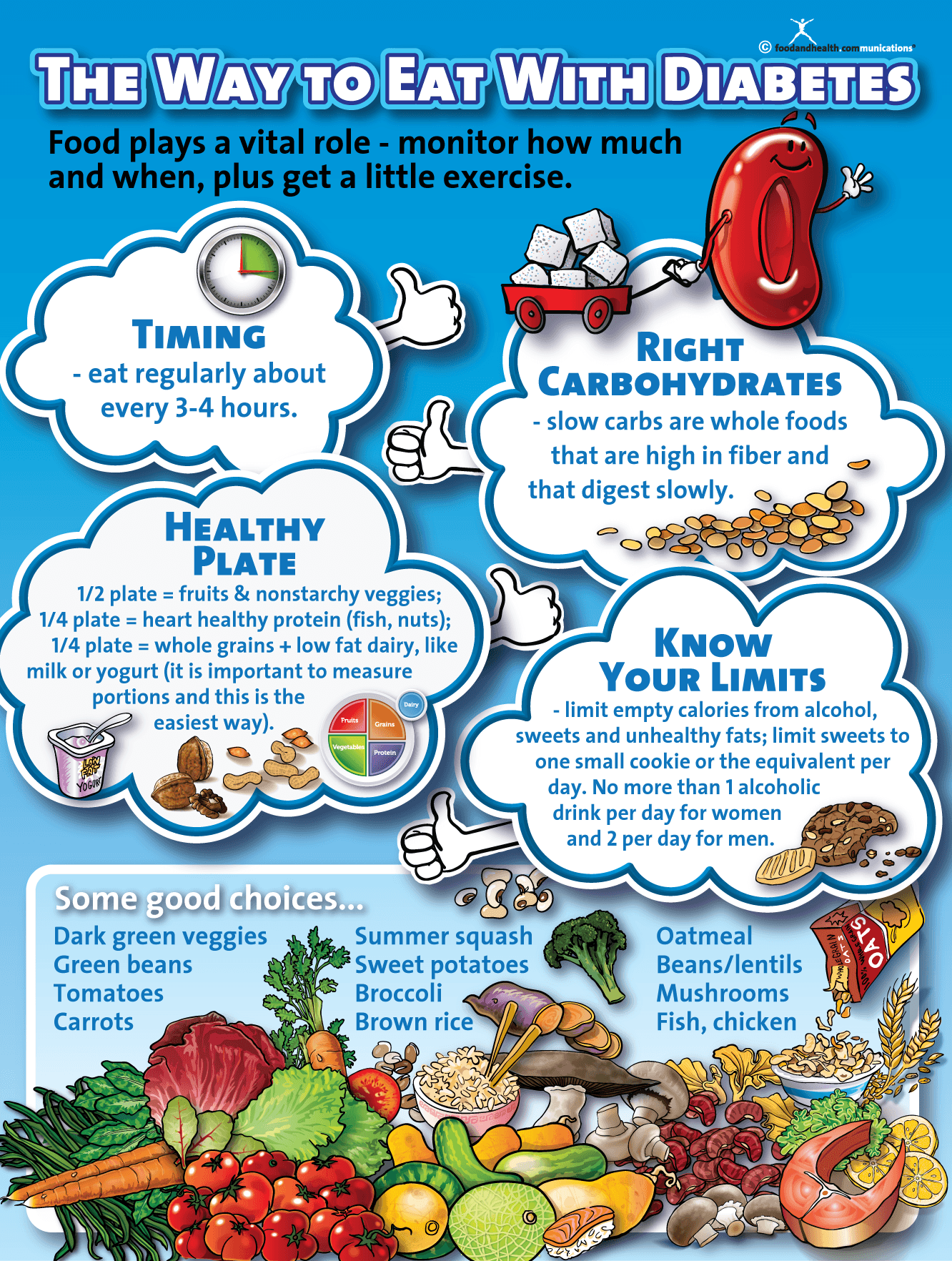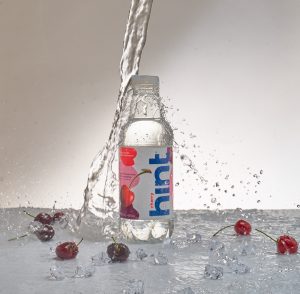We’ve been seeing the new Nutrition Facts label on more and more products in the supermarket. It’s required to be on all food packages by 2020 for larger manufacturers and 2021 for smaller ones. So now is the time to start teaching people how to make the most of the information the new label provides.
Our Get More From a Nutrition Facts Label poster breaks things up into five teachable chunks:
- Calories and serving size
- Heart health
- Added sugars and fiber
- Nutrients
- % Daily Value
These five topics make it easy to teach the food label in a variety of ways, depending on your audience, time, and setting:
- Cover everything in one lesson.
- Teach five separate lessons.
- Break a large group up into five teams, and let each team teach the group about their assigned Nutrition Facts topic.
- Declare your own Nutrition Facts week and set up a display in the cafeteria or your office; focus on a different Nutrition Facts topic each weekday.
Whether you’re working one-on-one with a client, teaching a class, or doing a health fair, you’ll want to have some food labels from actual products on hand:
- Build your own collection of food packages that have the new Nutrition Facts label. Ask friends and family to save everything from cereal boxes to yogurt containers to protein bar wrappers.
- Take pictures of food packages that have the new Nutrition Facts label. You can use these in a PowerPoint presentation or print them out and laminate them. These are easier to carry around than bulky food packages.
- If you’re looking for specific brands, check manufacturer websites and print out the Nutrition Facts label for the products you want to focus on.
Don’t forget to order some of our I Know How to Read a Food Label stickers to hand out to your participants!









